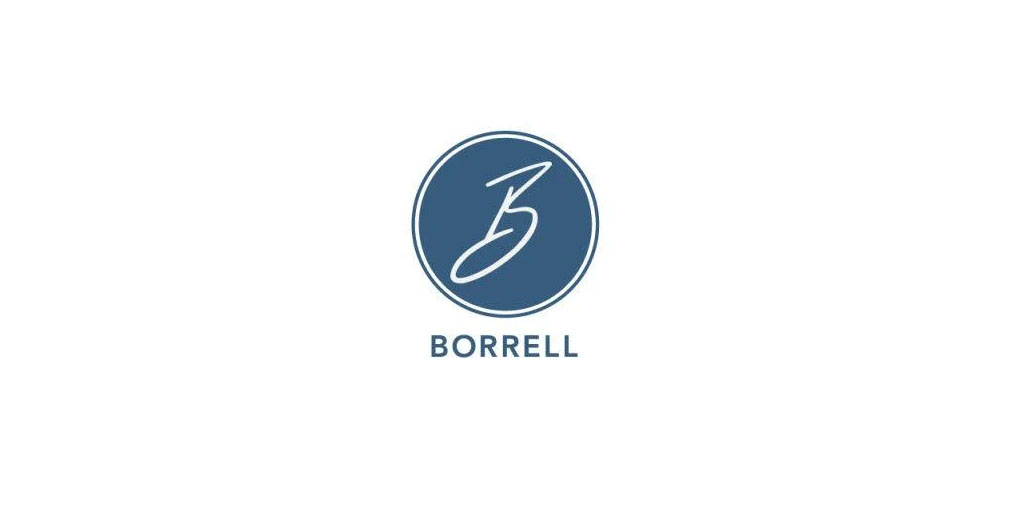Source: www.insideradio.com, June 2023
Exclusive findings from Borrell Associates’ first advertiser survey of 2023 confirm that radio is crushing it in the local digital sales arena. For the first time, radio claimed the highest percentage of all local advertisers – not just those who buy radio – who purchase digital advertising from a local media company.
Nearly one third (32%) of all respondents (again, not just radio buyers) said they were buying digital advertising from a radio company. Radio eclipsed all other local media channels – 26% of buyers surveyed purchased digital advertising from a newspaper company, 19% from an agency, 18% from a local TV station, and 9% from a local cable system.
“Radio has really gotten in there and done a very good job of selling, they’ve really latched on to it,” Borrell CEO Gordon Borrell said this month during a webinar presented by Vendasta, which provides services and expertise to local digital ad sales forces. “And as a result, their digital revenues are growing faster than any other traditional media that is also selling digital.”
Fielded from April-June, the biannual appraisal returned completed surveys from 1,938 direct buyers and 380 local ad agencies. Nearly half of the direct buyers were radio users with an average annual radio spend of $34,167.
Among all traditional forms of media, broadcast radio tied with direct mail for first place among advertisers planning to increase or start buying the medium. Seven percent of radio buyers said they plan to increase spending on radio for the rest of 2023, while 5% of non-buyers said they plan to start buying radio soon. Taken together, 12% of respondents said they plan to either increase or start buying radio, versus 12% for direct mail, 7% for broadcast TV, 5% for newspapers, and 4% for cable.
In other key findings from Borrell’s latest survey of local advertisers and local agencies, annual OTT budgets have surpassed that of annual radio budgets for the first time. The average for OTT spending this year was $38,800, continuing to inch up. The average for radio was $34,167, remaining flat.
The Borrell research team also looked at the reasons why ad buyers cut different forms of media and then compared them to one another. Among those that excised radio from their marketing plan, the top reason for doing so was that it was “difficult to measure.” Nearly half (45%) of those who cut radio said this was one of the reasons. For comparison, 24% of those who cut social media said they did so because it was difficult to measure. Radio was higher on the measurement issue than any other medium that was cut.
Reason No. 2 for cutting radio: “No data to track ROI/Ad Impact.” One third of radio cutters said this. And 32% of radio cutters said they did so because it was “too expensive.” Multiple options were allowed among survey takers, so the numbers don’t add up to 100%.
Thanks to its strong sales force and storytelling prowess, Gordon Borrell told webinar attendees that radio is “best positioned” to cultivate relationships with the millions of smaller, higher propensity businesses that have sprouted up since the pandemic. “They’re very well positioned to latch on to some of these new businesses if they could just get their eyeballs out of that Miller Kaplan data,” he suggested. These small businesses don’t show up in traditional media, he added. “They ain’t buying radio, they ain’t buying billboards, they ain’t buying TV… forget that. Go out and prospect someplace else,” Borrell advised attendees.
Key findings from Borrell’s latest survey of 2,318 local ad buyers & agencies takes place Thursday, July 6, from 1-1:45pm ET. Register HERE.

